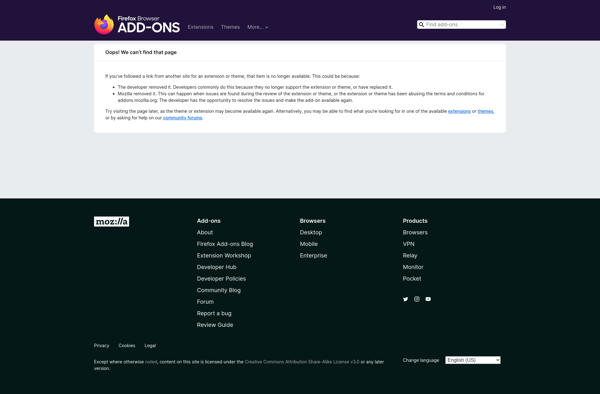Web Cache
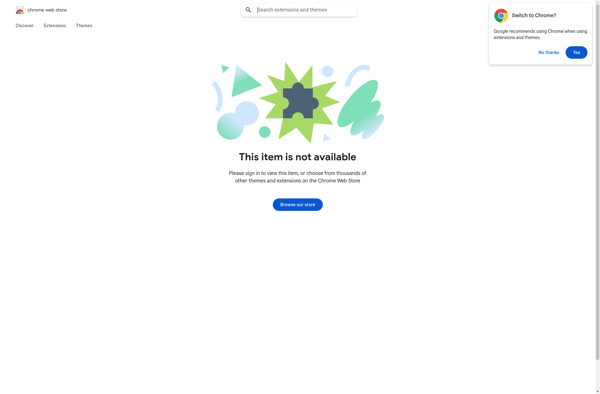
Web Cache: Reduces Bandwidth and Server Load
A web cache stores copies of web documents on a local server to speed up access to frequently-requested resources, reducing bandwidth usage, server load, and perceived lag when loading web pages.
What is Web Cache?
A web cache, also called an HTTP cache, is a mechanism for the temporary storage (caching) of web documents, such as HTML pages, images, and files, to reduce bandwidth usage, server load, and perceived lag. A web cache stores copies of resources that have been requested by users to speed up subsequent access to those resources. It sits between the web servers and the users, intercepting requests for resources.
When a user requests a resource that is present in the web cache, the cache will serve the cached document, image, or file rather than retrieving it from the originating server. This eliminates the bandwidth usage and high load associated with repeatedly retrieving resources from web servers. Web caches are useful for reducing the time it takes to render pages, especially on slower internet connections.
Web caches can be implemented on the client-side, in the web browser itself, or on the server-side on a local network. Server-side caching has the benefit of caching documents for multiple users rather than just a single browser. Popular web servers like Apache HTTP Server and Nginx have built-in web cache modules. Dedicated cache server software also exists to optimize caching even further.
The effectiveness of a web cache depends on its cache replacement policies which determine what documents get deleted when the cache reaches its size limit. A caching system should balance keeping popular resources for performance while still refreshing content that changes frequently.
Web Cache Features
Features
- Caching of frequently accessed web content
- Reduced bandwidth usage and server load
- Faster page load times for users
- Support for various caching protocols (e.g., HTTP, HTTPS)
- Configurable caching policies and expiration rules
- Ability to cache dynamic content and APIs
- Cache invalidation and purging mechanisms
- Integration with web servers and content delivery networks (CDNs)
Pricing
- Open Source
- Subscription-Based
- Custom Pricing
Pros
Cons
Reviews & Ratings
Login to ReviewThe Best Web Cache Alternatives
Top Network & Admin and Caching and other similar apps like Web Cache
Here are some alternatives to Web Cache:
Suggest an alternative ❐Oldweb today
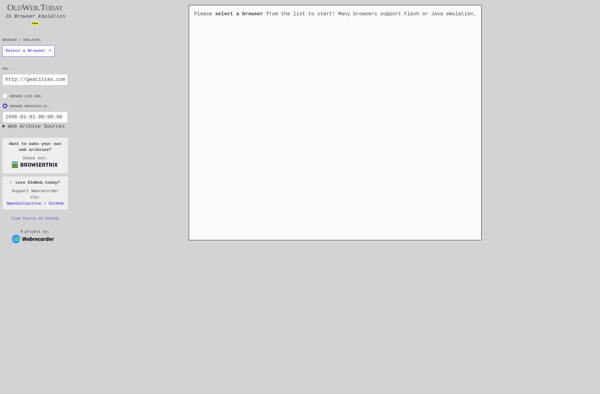
TheOldNet

Resurrect Pages
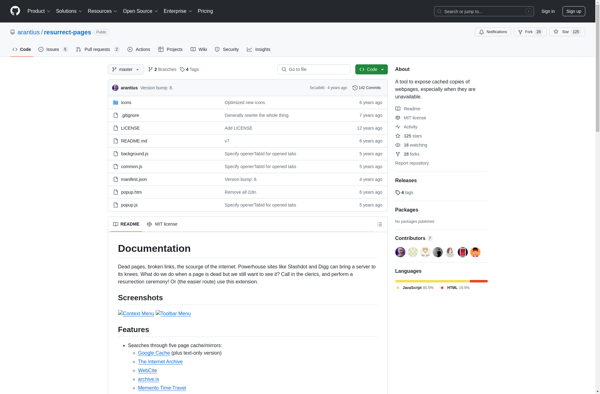
ViewCached.com
Cached View
Cached Pages

Amazon ElastiCache
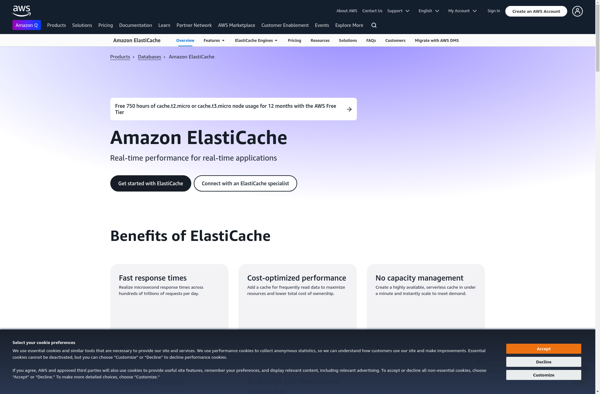
Fierr

ErrorZilla Plus
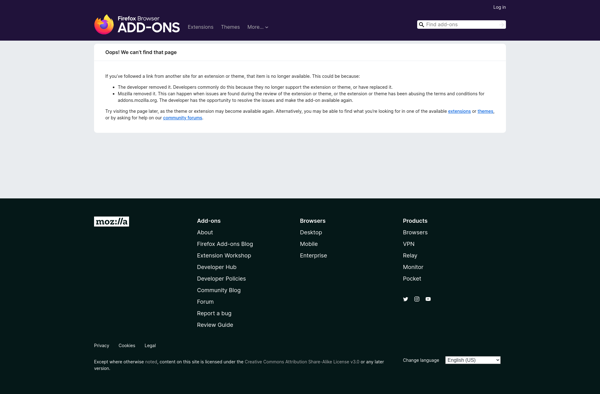
Methuselah
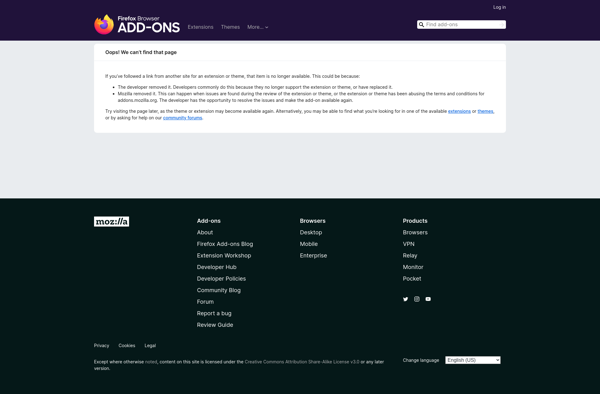
TryAgain
